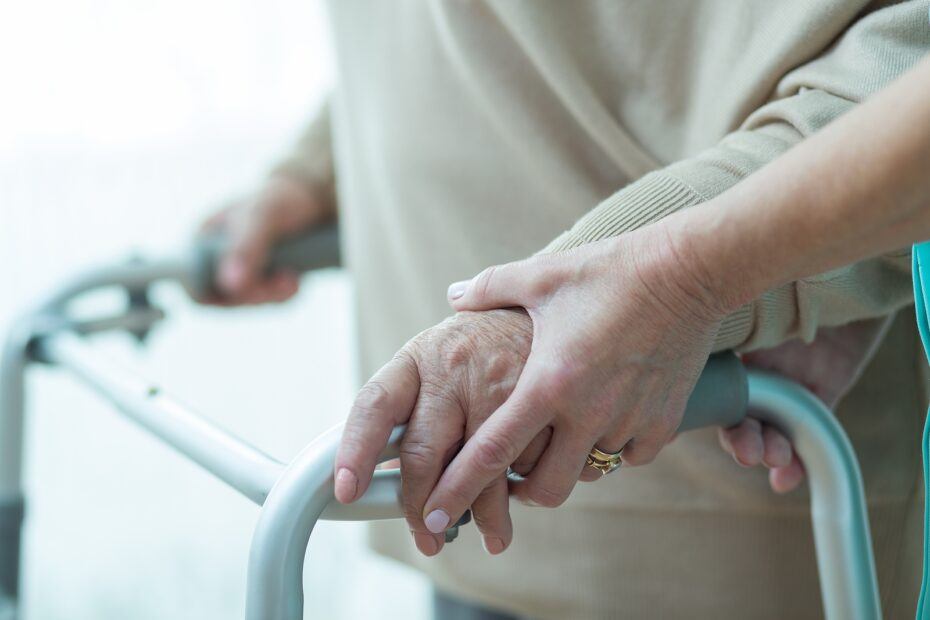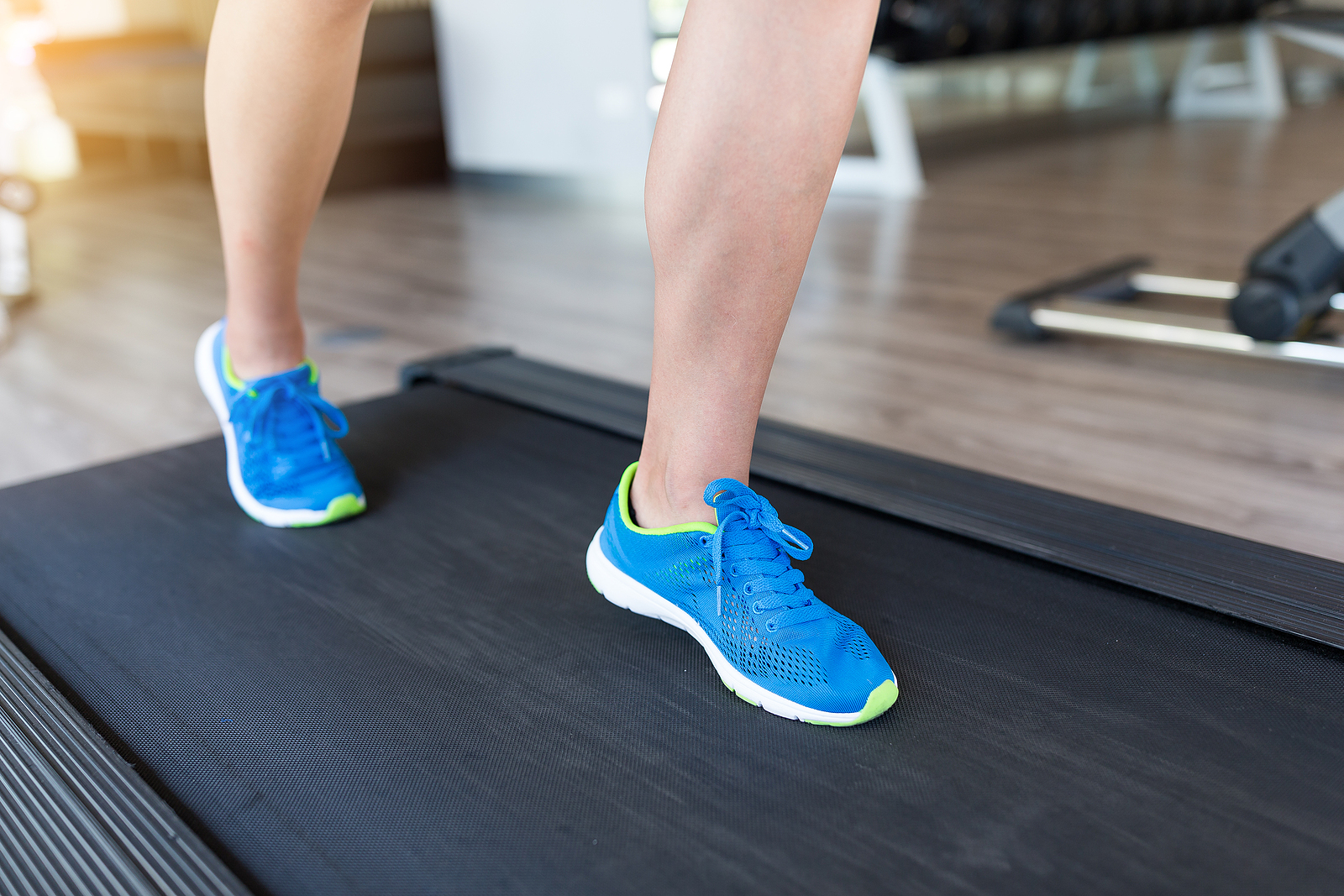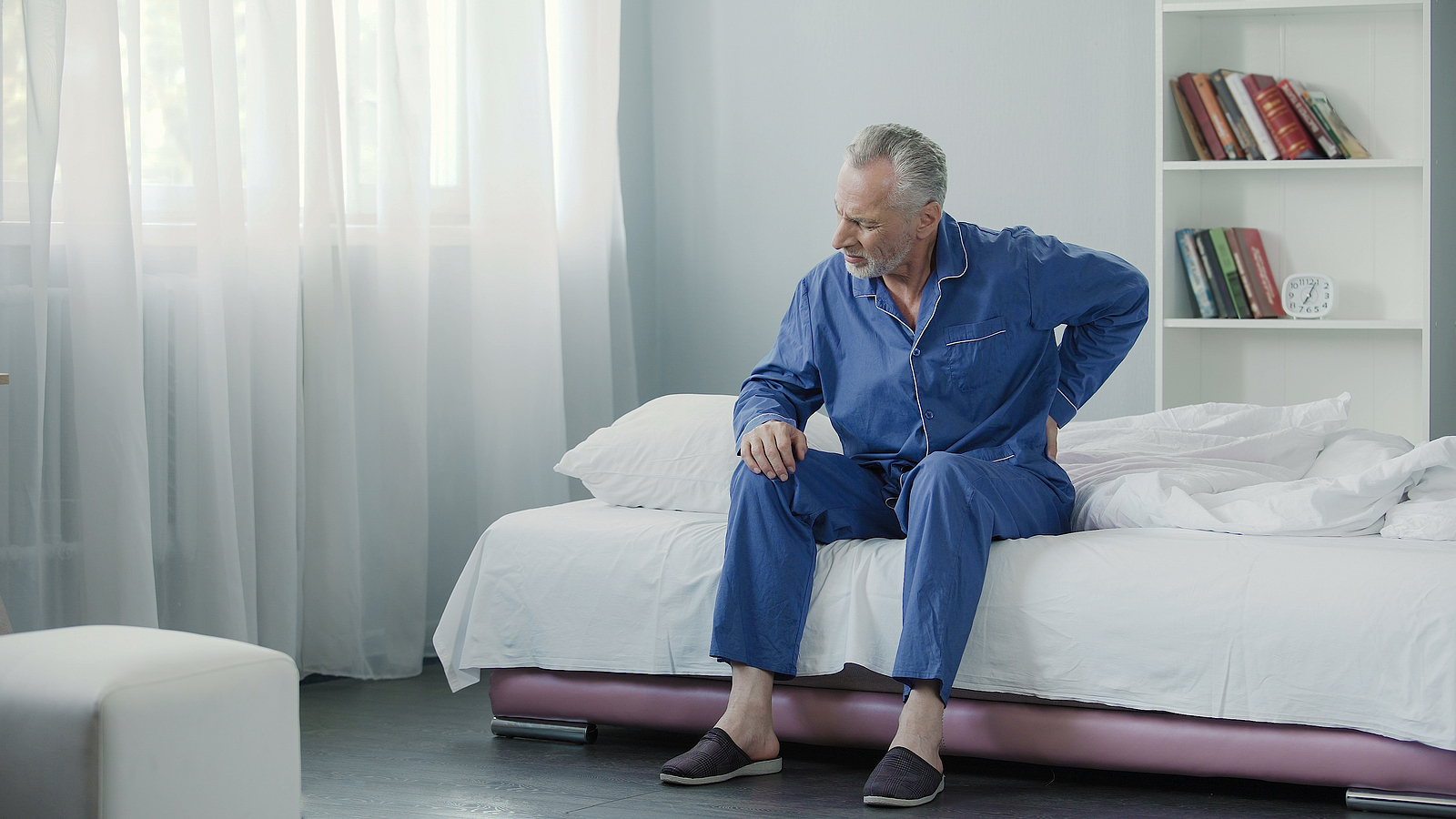Believe me, I get it – no one wants to use a walker.
They don’t always fit comfortably through walkways and can be a hassle to travel with, but if we’re being honest, it’s probably the fact that needing a walker is a tell-tale sign that we’re not as physically able as we once were.
And that’s something none of us are happy to admit.
But keep in mind, safety is the most important thing – if you fall and break something, needing a walker might be the least of your worries.
Frequent falls or feelings of unsteadiness may be easy to identify, but sometimes it’s a little harder to tell if it’s time to start using a walker.
Fortunately, you’ve come to the right place.
In this guide, I’ll go over the top signs that it’s probably a good idea to start using a walker.
After reading, you’ll know everything you need to in order to make the right call.
1. Falls
If you’re having falls, it’s time to do something.
This could mean it’s time to start using a walker or other type of assistive device (cane, etc.), but not necessarily.
If you’re physically active and accidentally tripped once while doing yard work outside, but haven’t had any other falls since, you’re likely ok.
Accidents happen to all of us.
But if you’re finding yourself tripping more often or losing your balance unexpectedly, it might be time to think about getting a walker.
FYI, when I say “fall”, I’m talking about any change in position that wasn’t intentional – this includes tripping, swaying to the point where you need to reach for support, and even accidentally sliding out of bed or a chair.
You don’t have to land on the floor for it to count as a “fall” and you certainly don’t have to hurt yourself for it to count.
But if you’re having falls that occur from loss of balance while walking, a walker should be considered (especially if you’ve had 2 or more falls in the last 12 months).
2. Feeling Unsteady While Walking
But just because you haven’t fallen yet, doesn’t mean you don’t still need a walker.
The goal of fall prevention is to make the changes necessary to stop a fall before they happen – and implementing an assistive device like a walker is a powerful way to do this.
If you feel like you’re constantly worried about tipping over or if walking just doesn’t feel as smooth as it used to, these are signs that your balance is off.
Balance issues can sneak up on you, but they often reveal themselves through these little changes.
Another indicator that your balance may be not be what it used to be (and something I constantly look for when assessing new patients) is the need to reach out for support from surroundings.
I see tons of patients that say they don’t need a walker (or cane), but can’t walk to the kitchen without holding on to the wall, furniture, chairs, loved ones, etc.
If you’re constantly reaching for support, especially with both hands, it’s likely that you would benefit from a walker.
If you experience more severe conditions like dizziness or feelings like you’re going to pass out at times while walking, you should also think about using a walker (as well as contacting your physician).
Neurological conditions like Parkinson’s disease can also lead to mobility issues.
Tremors, muscle rigidity, and slow movement can make walking challenging. A walker provides stability and can help manage these symptoms.
Inner ear problems can also mess with your balance, making falls more likely.
If you’ve been diagnosed with an issue like vertigo or Meniere’s disease, using a walker can help keep you upright and moving confidently through your day.
Overall, if you’re starting to feel less confident about your walking, please consider a walker.
3. Legs Feel Weak
Feelings of weakness in your legs or the sensation that your legs could “buckle” or “give out on you” are another sign to look for when considering walker use.
You may feel steady on your feet when walking short distances, but if your legs start to feel weak with longer distances, using a walker may reduce your fall risk.
Using a walker adds an extra level of stability when walking, but it also allows you to support a little of your body weight with your arms.
This gives your legs a little bit of a break, which can make it easier for weaker legs to get the job done.
Also, keep in mind that getting up from a seated position shouldn’t feel like you’re lifting weights at the gym.
If standing up seems to take a lot more effort these days, your body might be signaling that it needs extra support to stay steady.
Weakness can certainly increase your fall risk, so starting a strengthening program would be a good idea too.
But if you have the sensation that your legs might give out or your legs simply feel weak while walking, a walker could be a great way to help reduce your fall risk.

4. Slowing Down
Your walking speed and the length of your steps (your stride) can tell you a lot about your mobility.
If you notice you’re walking slower or taking shorter, more tentative steps, it could indicate that your legs aren’t as strong or coordinated as they need to be.
These changes in your stride and speed are worth paying attention to.
There’s been a lot of research on gait speed and fall risk with seniors and the evidence consistently suggests that seeing a decrease in gait speed is indicative of higher fall risk.
Different studies may show slightly different results, but generally speaking, if your gait speed is less than 1.0 meters/second (~3 feet/second) you’re at a significantly higher fall risk.
FYI, you can get a quick estimate of your gait speed by timing yourself (or having a family member do it) to see how long it takes to walk 10 ft and then dividing by the time.
For example, if it takes me 4.5 seconds to walk 10 ft, my gait speed would be 2.22 ft/sec (10 ft divided by 4.5 seconds). To convert to meters, simply divide by 3: 2.22/3 = 0.74 m/sec.
In this example, the gait speed is well below 1 m/sec, putting me at an increased fall risk.
If you’re noticing that you’re walking slower these days, using a walker could be a great way to start reducing your fall risk.
You’d also likely benefit from a physical therapy consult to see if they can help.
5. Shortness of Breath
Sometime it isn’t necessarily a balance issues that make you feel uncomfortable walking, but shortness of breath.
If you feel like you get fatigued or short of breath while walking normal distances in your home, it may be a sign that you’d benefit from a walker.
If everyday activities leave you feeling unusually tired or if you find that you need to take breaks more often, it’s worth considering a walker.
It’s not just about making things easier; it’s about maintaining your energy levels throughout the day.
Similar to the weakness issue mentioned earlier, walking unsupported may be doable, but using an assistive device like a walker may make walking less taxing, allowing you to walk further before feeling short of breath.
Using a walker gives you more external support, making it easier for your muscles, which can sometimes allow you to walk further distances before needing to sit and recover.
Not to mention the increased fall risk that an oxygen tube lying on the floor adds.
Oxygen tubes are notorious for tripping people and getting hung up on pretty much everything they come into contact with.
And depending on the type of walker you have, it may even provide a ready seat anytime you need to sit and take a breather.
So, if you’re on oxygen or get short of breath easily, using a walker could help reduce your fall risk and increase the distance you can walk before needing to sit and take a break.
6. Pain
Using an assistive device like a walker can significantly reduce the strain going through lower extremity joints, thus decreasing pain.
If you experience aches and pains that make walking unpleasant, a walker can help distribute your weight more evenly and reduce the strain on your muscles and joints.
Walking should be a pain-free activity, not something you dread because of discomfort.
Especially considering pain itself can significantly increase fall risk.
A lot of folks have knee of hip pain with walking due to arthritis and this pain can change the way you walk – whether through limping or another subtle change in pattern.
Well, these changes, or the pain felt itself, can drastically increase fall risk.
If using a walker reduces this pain, it can help normalize gait pattern, thus reducing the associated fall risk.
So, if you’re having lower extremity pain with walking, it would be worthwhile to consider using a walker to see if it helps.
7. Post-Op
This point goes hand in hand with the pain issue just mentioned, but I figured it warranted its own section because it’s an important one.
A lot of times, a walker is necessary after a scheduled (or unscheduled) surgery.
More often than not, if a senior has an ankle, knee, or hip surgery, they will likely be using a walker for a period while they recover.
Some may prefer crutches, but many will find a walker more convenient.
Back surgeries and abdominal surgeries also often require walker use afterwards as well, but it really all depends on the extend of the procedure performed and the status of the individual.
Hip and knee replacements require walkers largely due to the range of motion and strength deficits that occur following surgery, not to mention the pain.
And with spinal procedures, you tend to have a level of weakness and fatigue that puts you at a higher fall risk – in which case a walker comes in handy to improve safety with mobility.
The good news is that seniors that only start using a walker following surgery often get to the point where they no longer need them again.
Keep in mind, that using a walker after surgery is all about improving safety and reducing fall risk as much as possible and it’ll likely be short-lived.
Final Thoughts
Using a walker can significantly enhance safety by reducing the risk of falls. With a stable support system, you can move around with more confidence, avoiding accidents and injuries.
Walkers also promote increased independence – they can allow you to carry out daily activities without relying heavily on others (well, assuming you’re using your walker correctly that is).
And this boost in autonomy can have a positive impact on your overall well-being.
And keep in mind that mobility and endurance can improve with the consistent use of a walker too.
You might find yourself able to walk longer distances and engage in activities you otherwise would have avoided due to fatigue or instability.
And just because you start using a walker, doesn’t mean you’ll have to use a walker from now on!
I often hear from my patients they don’t want to start using a walker because they don’t want to get dependent on ’em.
I understand this and this makes sense, but again, using a walker now doesn’t mean you’ll to use a walker for the rest of your life.
Depending on your situation, there’s always the possibility that you’ll be able to improve your stability and get to the point where you no longer need one to walk safely.
And safety is what using a walker is all about.
Ultimately, it all comes down to reducing fall risk as much as possible – sure, using a walker can be a bummer, but if it makes you safer, it’s likely worth the inconvenience.



